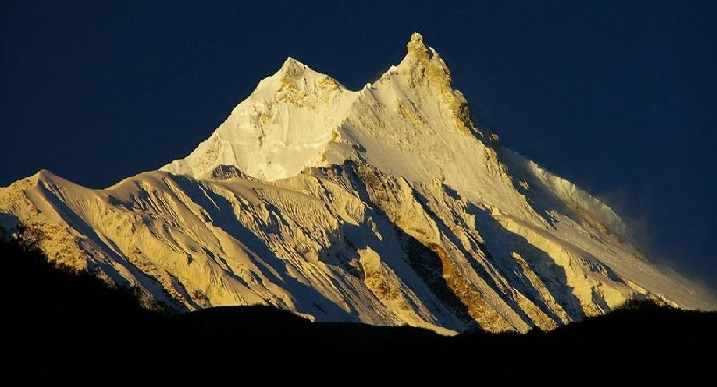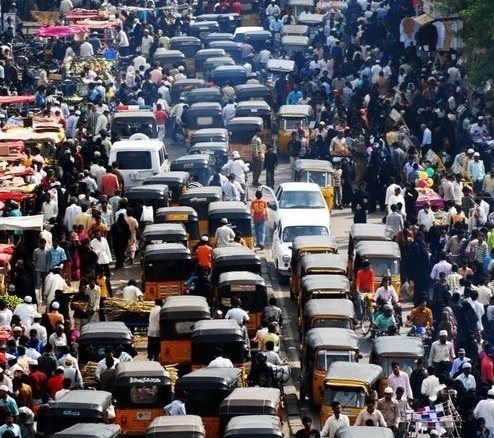We rear and take care of animals to take their support in food production. Their systematic and proper rearing and also the arrangement for their proper reproduction and management are called as Animal Husbandry.
The Animal Husbandry has been developed as a branch of agriculture in view of involvement of animals in the entire process of food production. The branch of agriculture in which domestication of cattle, and techniques of their feeding, shelter, health and reproduction are studied is called as Animal Husbandry.
In India, mainly two types of cattle are reared- cows and buffaloes. Poor farmers rear goats and pigs also. Goat is the cow of a poor farmer. The milch yielding cattle are called milch cattle.
Developed countries have progressed a lot in the areas of study and research in the science of animal husbandry. But India and other developing countries could not progress in this field up to the desired level.
According to the Livestock Census of 1987 about 50 to 52 percent from buffaloes, 45 percent from cows and 3.5 percent of milk from goats and sheep are obtained on the national level. In the world India stands second after America in milk production. The per capita availability of milk in India is far less in spite of large population of milch cattle in the country.
Breeds of cattle can be improved. For this hybridization and artificial insemination techniques are used.
- Breeds of cows: India has 32 breeds of cows and 9 breeds of buffaloes. All these breeds are not good for milk production. Though all of these have good disease resistance and work abilities these are poor in the milk yield.
In India mainly three breeds of cows are found. These are Red Sindhi, Sahiwal, and Gir. Red Sindhi cows are of average size. These are red in colour bearing light and dark red patches. Sahiwal is a breed of big sized and heavy weighed cows. These cows provide us more milk.
By making arrangements of cross fertilization between breeds of indigenous cows and foreign breeds of males, we develop new cross breeds.
Names of some good and high yielding breeds of cows are Jersey, Karan Swiss, Holstein Friesian, Karan Frice, and Sahiwal. Among these high yielding cow breeds Holstein Frisian and Karan Frice provide us milk from 3,200 to 3,500 Liter of milk in their 300 days of milch period.
- Breeds of Buffaloes: The traditional indigenous varieties of buffaloes provide 1500 liters of milk in the total milching period while buffaloes of Murrah breed provide about 2000 liters of milk in the whole milching period. Bhadawari, Jafarabadi, Surati, and Mehsana are some other breeds of buffaloes.
Components of Animal Feed
About 85 to 90 percent of cattle in India feed themselves by grazing in private or government land or in forests. Rest 15 to 10 percent cattle need arrangements of feed. Cattle should be fed on the basis of high technological standards in order to obtain good production.
According to scientific principles the components that must be included in the feed of cattle are roughage, concentrates, minerals, and water.
Roughage: Fibrous substances or chaffs are called as roughage. Roughage incorporates dry feed like rice stubbles, straw and green chaff like Barseem or Lucerne, leaves, green twigs of soft plants like Bajra etc. These materials are very helpful in cleaning digestive system of cattle. In fact, these substances do not contain sufficient nutrients but these substances are more helpful in the process of digestion and excretion of the undigested materials.
Concentrates: Different types of grains like Jowar, Bajra, Maize, gram, oilcakes etc. are called as concentrates. These contain plenty of nutrients. The Milch cattle should be provided balanced diet containing all the nutrients in proper ratio.
Minerals: Minerals are essential for the development of bones, teeth, horns, and hoofs of cattle. Like humans cattle too need the same minerals in greater quantities. More rich diet is necessary for the milch cattle.
Water: Water is the main component of the cattle diet. Sufficient water is essential for the proper growth, development and excretion. Different cattle need different volumes of water. For example poultry animals need 240ml to 0.24 liter of water; an elephant requires 90 to 115 liters of water per day. A camel needs 68 to 90 liters of water per day. A pig needs 5 to 23 liters of water and a cow needs 22 to 36 liters of water per day.
If any one of the above components is deficient in the food of cattle for long, the cattle or other animals get ill. Thus, production is reduced. So, every type of animal should get the required quantity of nutrients as per their size and body weight.




